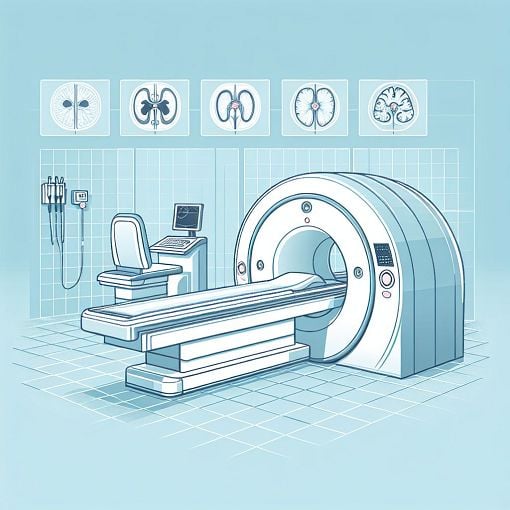MRI Pelvic Imaging Quiz
{"name":"MRI Pelvic Imaging Quiz", "url":"https://www.quiz-maker.com/QPREVIEW","txt":"Test your knowledge on MRI techniques, particularly in the context of pelvic imaging. This quiz covers various aspects of MRI examinations, signal intensities, and best practices for pediatric and prenatal imaging.Prepare to explore:Key MRI sequences for endometriosisThe impact of patient movement on image qualityTechniques to minimize motion artifacts during scansCharacteristics of cancer in MRI findings","img":"https://cdn.poll-maker.com/104-5106017/img-yrwamsoj2yybofx6nbsgenol.jpg"}
More Quizzes
Breast Cancer Imaging Quiz
1586
MRI SAFETY QUIZ
7429
Ok
210
2017 Monthly Release Poll #2 - February
940
Spanish Definite Articles Practice - Free Online
201020473
What Is My Indian Name? - Free Instant Results
201020701
Trig Identities - Free Practice Online
201020035
Dingbats Online - Free Puzzle to Solve Now
201022510
Detective Conan Manga - Test Your Case Closed Knowledge
201022367
Equestrian: Which Horse Discipline Suits You?
201021429
Which Female Avenger Are You? - Free
201021952
ServSafe Self-Service Rules - Raw Unpackaged Meat
201028000
